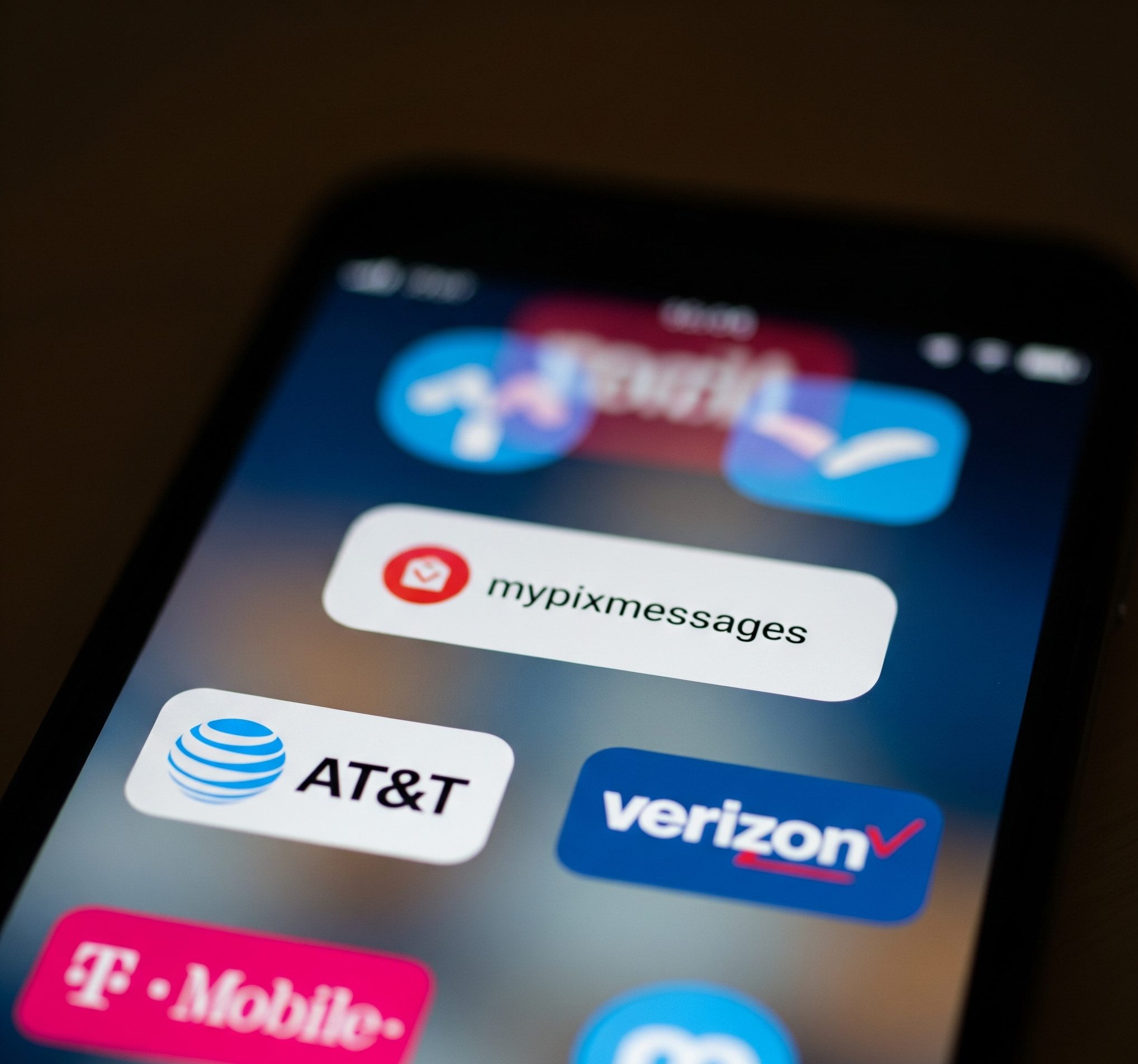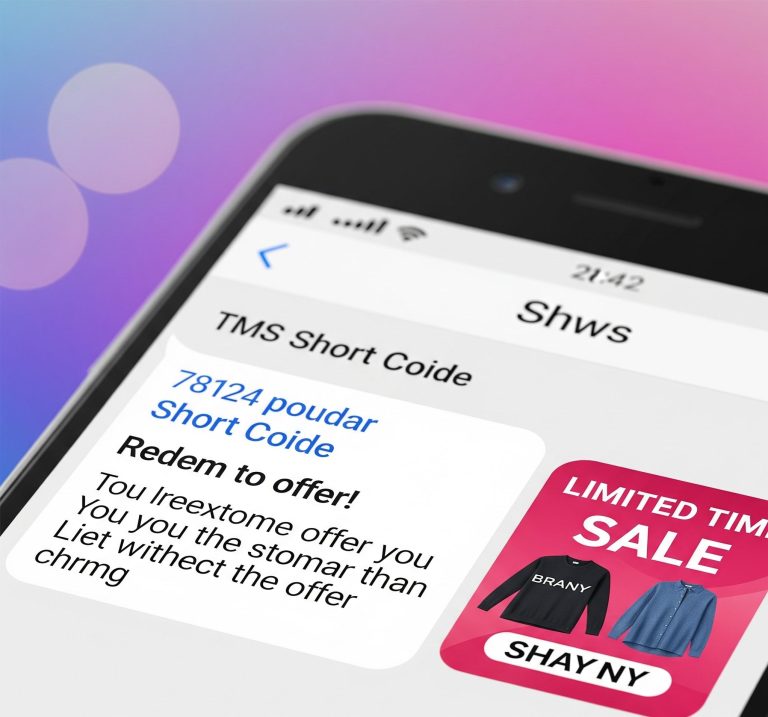In the intricate world of mobile communication, the journey of a picture message from sender to recipient is a complex process, often happening seamlessly behind the scenes. However, when you encounter a sender address ending in “mypixmessages.com,” you might be left wondering, what carrier is mypixmessages? This article will delve into the identity of this service, its role in the messaging ecosystem, and how it connects to various mobile carriers across the United States.
Contents
Understanding the Technology: A Glimpse into MMS Gateways
Before we pinpoint the specific carriers associated with “mypixmessages,” it’s crucial to understand the underlying technology: the Multimedia Messaging Service (MMS) gateway. In essence, an MMS gateway acts as a bridge, translating and forwarding multimedia messages—such as pictures, videos, and audio clips—between different networks.
Think of it as a digital post office for your picture messages. When you send an MMS, your phone doesn’t directly connect to the recipient’s phone. Instead, it sends the message to your carrier’s MMS gateway. This gateway then processes the message, determines the recipient’s carrier, and forwards it to the corresponding gateway on the receiving end. This intricate dance ensures that your visual content reaches its destination, regardless of the mobile network used by you or the person you’re messaging.
A key function of these gateways is to provide an email-to-MMS service. This allows users and automated systems to send a picture message to a phone number by simply composing an email. The address for this email is typically the recipient’s 10-digit phone number followed by the “@” symbol and the carrier’s specific MMS gateway domain. This is where “mypixmessages.com” enters the picture.
The Answer to the Question: What Carrier is MyPixMessages?
The domain “mypixmessages.com” serves as the MMS gateway for several Mobile Virtual Network Operators (MVNOs) in the United States. MVNOs are carriers that do not own their own wireless network infrastructure but instead lease network services from the major mobile network operators (MNOs) like Verizon, AT&T, and T-Mobile.
Specifically, what carrier is mypixmessages is most prominently associated with Xfinity Mobile, Straight Talk, and Tracfone. When a user of one of these services sends or receives a picture message, especially via an email-to-MMS route, the “mypixmessages.com” domain is often involved in the transmission process.
It is important to note that because these MVNOs often utilize the networks of the major carriers, the underlying infrastructure handling the message might ultimately belong to one of the larger players. For instance, Xfinity Mobile primarily uses Verizon’s network. Therefore, while the gateway address points to “mypixmessages.com,” the message is traversing one of the nation’s largest mobile networks.
How to Identify the Sender’s Carrier and Why It Matters
Knowing the carrier behind a “mypixmessages.com” address can be useful for several reasons, from troubleshooting delivery issues to understanding the sender’s mobile service. If you consistently face problems sending or receiving picture messages from a particular contact and notice this domain, it can help you and your contact narrow down the source of the problem.
While directly determining the exact carrier from the “mypixmessages.com” domain alone can be challenging since it’s used by multiple MVNOs, here are some practical ways to identify a phone number’s carrier:
- Online Carrier Lookup Tools: Several free and paid online services allow you to enter a phone number and will return the name of the associated carrier. These tools are often the quickest and most reliable method.
- Check Phone Settings: On some smartphones, particularly Android devices, you may be able to find carrier information within the “About Phone” or “SIM Status” settings.
- Ask the Sender: The most straightforward approach is often to simply ask the person what mobile carrier they use.
Understanding the carrier can be particularly helpful for businesses that use text message marketing or for individuals who want to ensure their multimedia messages are being delivered successfully.

Common Issues and Troubleshooting with MyPixMessages
Like any technology, the MMS gateway system can sometimes encounter hiccups. Users of services associated with what carrier is mypixmessages may occasionally experience delays or failures in sending or receiving picture messages. Here are some common issues and troubleshooting steps:
- Delayed Messages: MMS messages, especially larger files, can sometimes take longer to process and deliver. This can be due to network congestion or the size of the media file.
- Failed to Send or Receive: If a picture message fails to send or you’re unable to download a received one, the issue could stem from several factors:
- Weak Cellular Signal: A poor network connection is a frequent culprit. Ensure you have a stable signal before sending or downloading large files.
- Mobile Data Disabled: MMS messaging requires a cellular data connection. If your mobile data is turned off, you won’t be able to send or receive picture messages.
- Incorrect APN Settings: Access Point Name (APN) settings are what allow your phone to connect to your carrier’s network for data services. If these settings are incorrect, MMS functionality can be affected. You can usually find the correct APN settings on your carrier’s website or by contacting their customer support.
- Outdated Software: Ensure your phone’s operating system and messaging app are up to date, as updates often include bug fixes and performance improvements.
If you continue to experience problems, contacting your mobile carrier’s customer support is the best course of action. They can provide specific troubleshooting steps for your device and account.
The Broader Landscape of MMS Gateways in the U.S.
While this article has focused on what carrier is mypixmessages, it’s worth noting that all major U.S. mobile carriers and their associated MVNOs have their own unique MMS gateway domains. Here’s a brief overview of some of the other major players:
- Verizon: The primary MMS gateway for Verizon Wireless is vzwpix.com.
- AT&T: AT&T’s MMS gateway is mms.att.net.
- T-Mobile: For T-Mobile customers, the MMS gateway is tmomail.net.
Understanding these different gateway addresses can help you identify the carrier of other contacts and provide a more complete picture of the mobile messaging landscape in the United States.
conclusion
the seemingly cryptic “mypixmessages.com” address is a key component in the picture messaging system for popular MVNOs like Xfinity Mobile, Straight Talk, and Tracfone. It serves as the digital bridge that ensures your photos and videos reach their intended recipients. By understanding the role of MMS gateways and the carriers associated with them, you can gain a deeper appreciation for the technology that powers our visual conversations and be better equipped to troubleshoot any issues that may arise.







